Ashiqur Rahman
Effective Defect Detection Using Instance Segmentation for NDI
Jan 24, 2025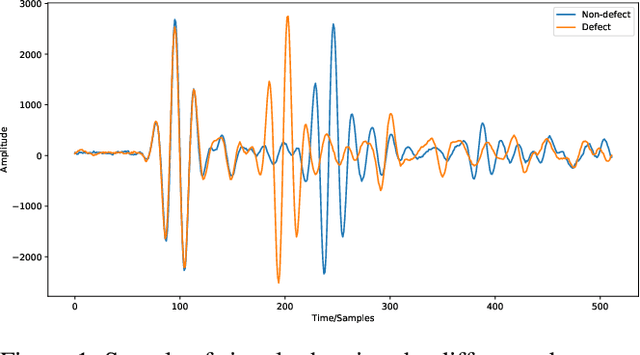

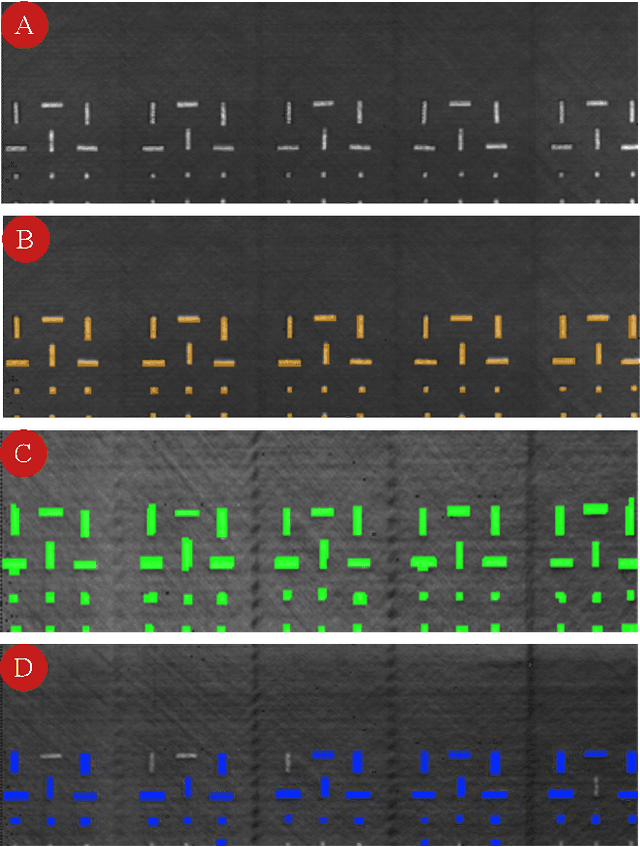

Abstract:Ultrasonic testing is a common Non-Destructive Inspection (NDI) method used in aerospace manufacturing. However, the complexity and size of the ultrasonic scans make it challenging to identify defects through visual inspection or machine learning models. Using computer vision techniques to identify defects from ultrasonic scans is an evolving research area. In this study, we used instance segmentation to identify the presence of defects in the ultrasonic scan images of composite panels that are representative of real components manufactured in aerospace. We used two models based on Mask-RCNN (Detectron 2) and YOLO 11 respectively. Additionally, we implemented a simple statistical pre-processing technique that reduces the burden of requiring custom-tailored pre-processing techniques. Our study demonstrates the feasibility and effectiveness of using instance segmentation in the NDI pipeline by significantly reducing data pre-processing time, inspection time, and overall costs.
Deep Learning-Driven Segmentation of Ischemic Stroke Lesions Using Multi-Channel MRI
Jan 04, 2025



Abstract:Ischemic stroke, caused by cerebral vessel occlusion, presents substantial challenges in medical imaging due to the variability and subtlety of stroke lesions. Magnetic Resonance Imaging (MRI) plays a crucial role in diagnosing and managing ischemic stroke, yet existing segmentation techniques often fail to accurately delineate lesions. This study introduces a novel deep learning-based method for segmenting ischemic stroke lesions using multi-channel MRI modalities, including Diffusion Weighted Imaging (DWI), Apparent Diffusion Coefficient (ADC), and enhanced Diffusion Weighted Imaging (eDWI). The proposed architecture integrates DenseNet121 as the encoder with Self-Organized Operational Neural Networks (SelfONN) in the decoder, enhanced by Channel and Space Compound Attention (CSCA) and Double Squeeze-and-Excitation (DSE) blocks. Additionally, a custom loss function combining Dice Loss and Jaccard Loss with weighted averages is introduced to improve model performance. Trained and evaluated on the ISLES 2022 dataset, the model achieved Dice Similarity Coefficients (DSC) of 83.88% using DWI alone, 85.86% with DWI and ADC, and 87.49% with the integration of DWI, ADC, and eDWI. This approach not only outperforms existing methods but also addresses key limitations in current segmentation practices. These advancements significantly enhance diagnostic precision and treatment planning for ischemic stroke, providing valuable support for clinical decision-making.
Visualizing Relation Between (De)Motivating Topics and Public Stance toward COVID-19 Vaccine
Jul 06, 2023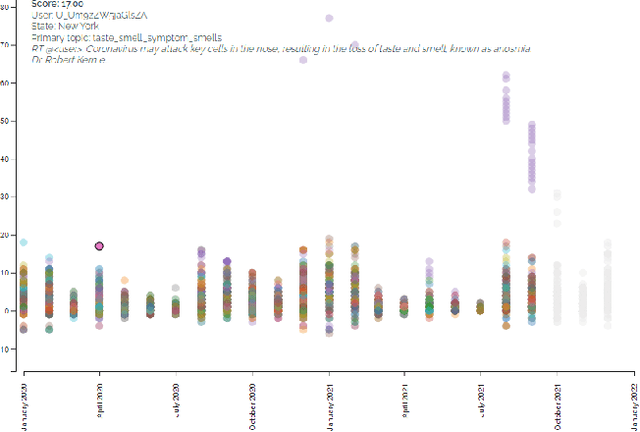
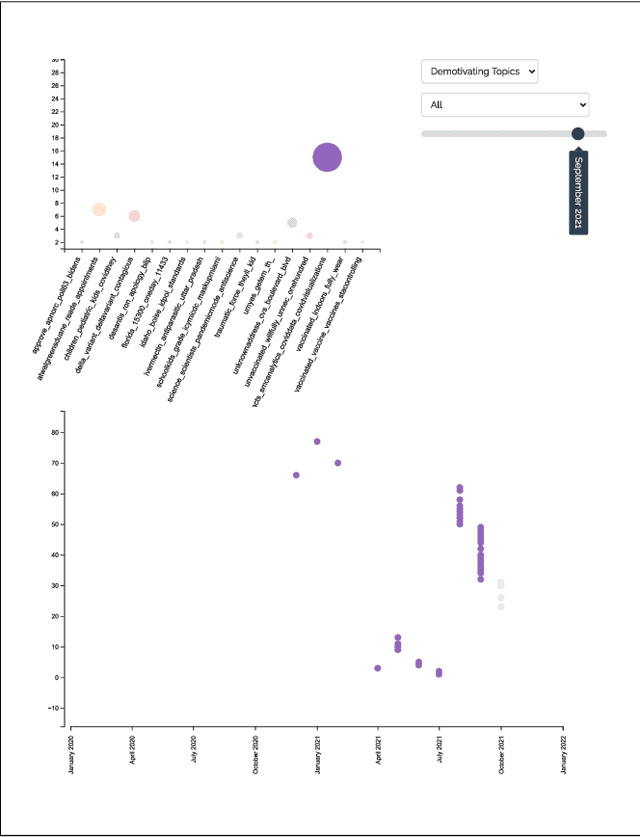
Abstract:While social media plays a vital role in communication nowadays, misinformation and trolls can easily take over the conversation and steer public opinion on these platforms. We saw the effect of misinformation during the COVID-19 pandemic when public health officials faced significant push-back while trying to motivate the public to vaccinate. To tackle the current and any future threats in emergencies and motivate the public towards a common goal, it is essential to understand how public motivation shifts and which topics resonate among the general population. In this study, we proposed an interactive visualization tool to inspect and analyze the topics that resonated among Twitter-sphere during the COVID-19 pandemic and understand the key factors that shifted public stance for vaccination. This tool can easily be generalized for any scenario for visual analysis and to increase the transparency of social media data for researchers and the general population alike.
Applying Data Augmentation to Handwritten Arabic Numeral Recognition Using Deep Learning Neural Networks
Sep 27, 2017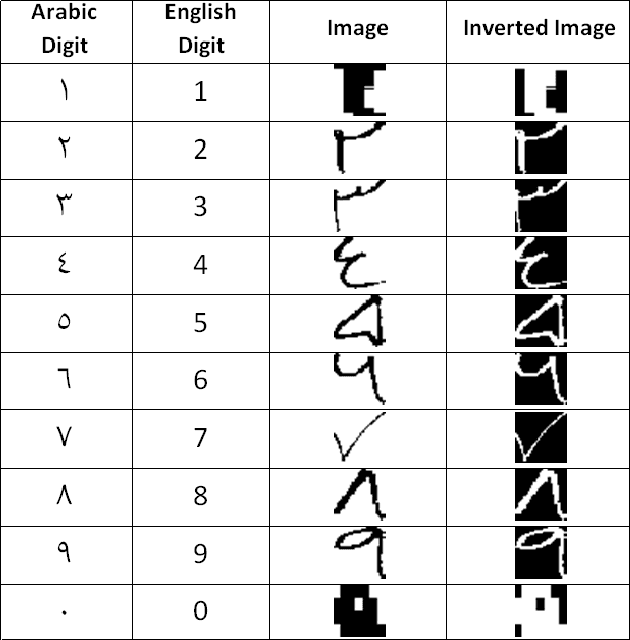


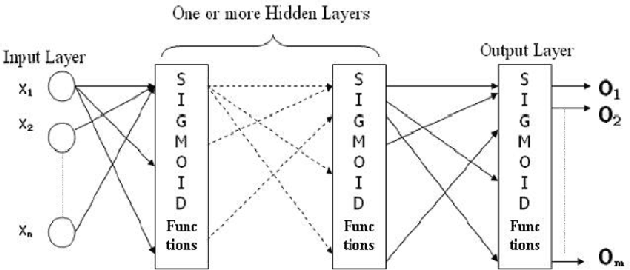
Abstract:Handwritten character recognition has been the center of research and a benchmark problem in the sector of pattern recognition and artificial intelligence, and it continues to be a challenging research topic. Due to its enormous application many works have been done in this field focusing on different languages. Arabic, being a diversified language has a huge scope of research with potential challenges. A convolutional neural network model for recognizing handwritten numerals in Arabic language is proposed in this paper, where the dataset is subject to various augmentation in order to add robustness needed for deep learning approach. The proposed method is empowered by the presence of dropout regularization to do away with the problem of data overfitting. Moreover, suitable change is introduced in activation function to overcome the problem of vanishing gradient. With these modifications, the proposed system achieves an accuracy of 99.4\% which performs better than every previous work on the dataset.
 Add to Chrome
Add to Chrome Add to Firefox
Add to Firefox Add to Edge
Add to Edge